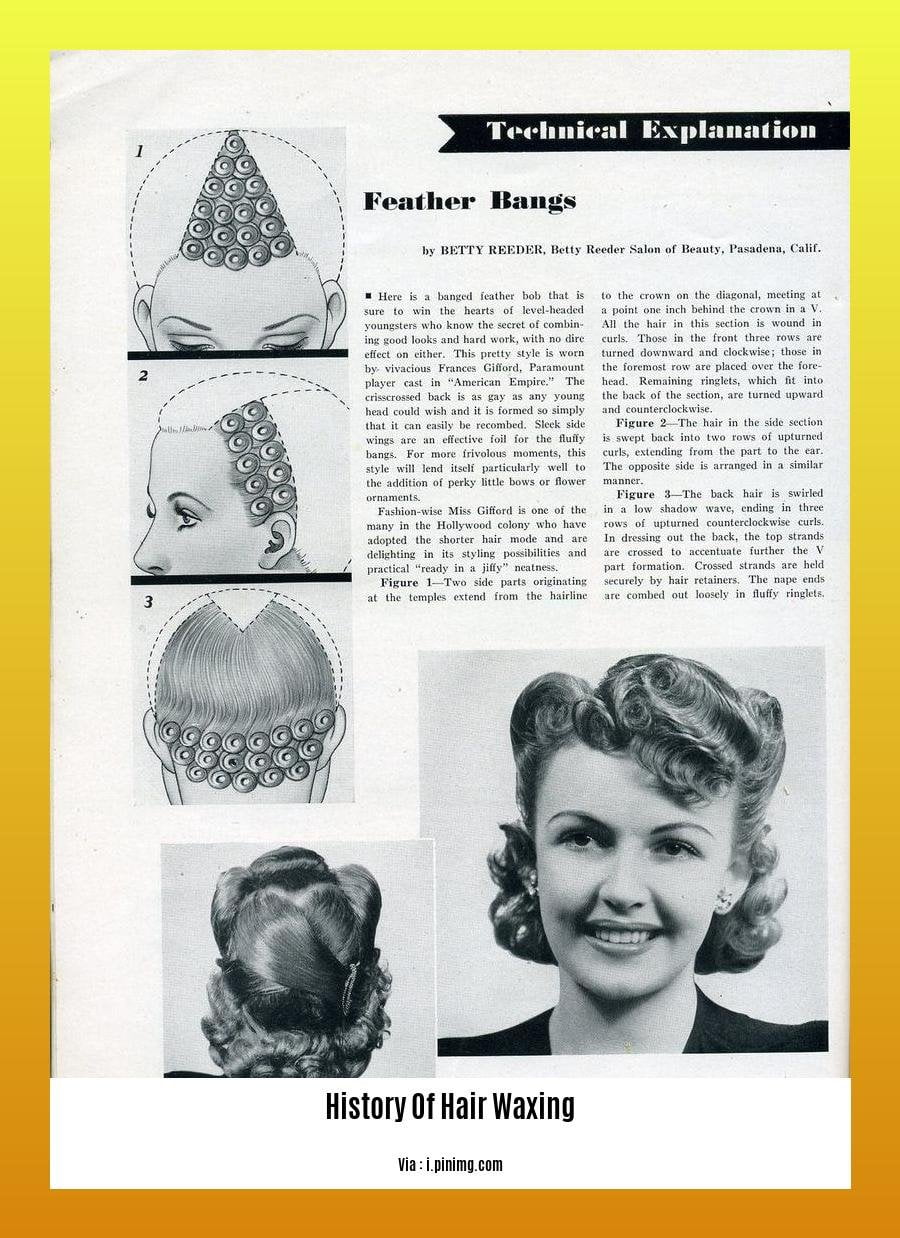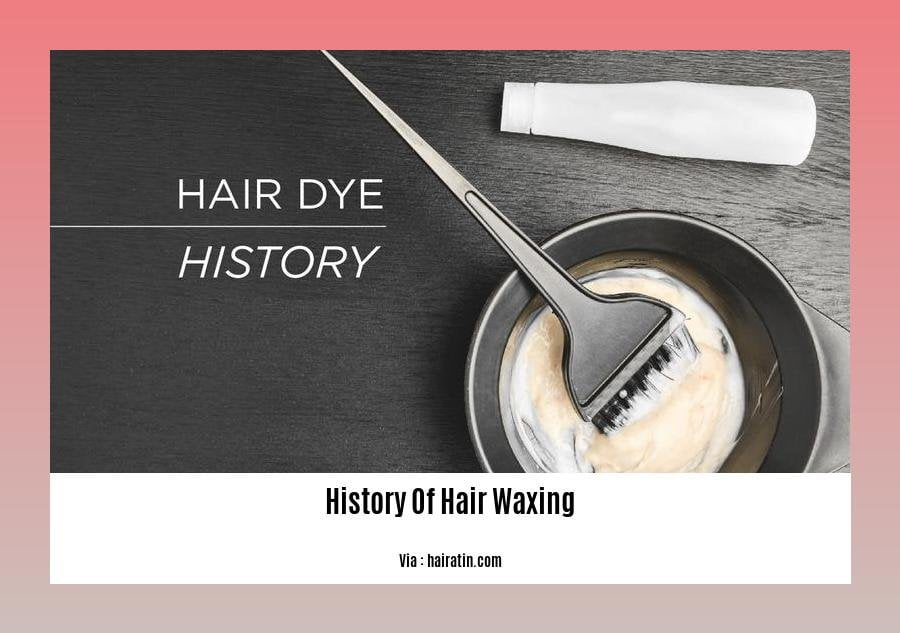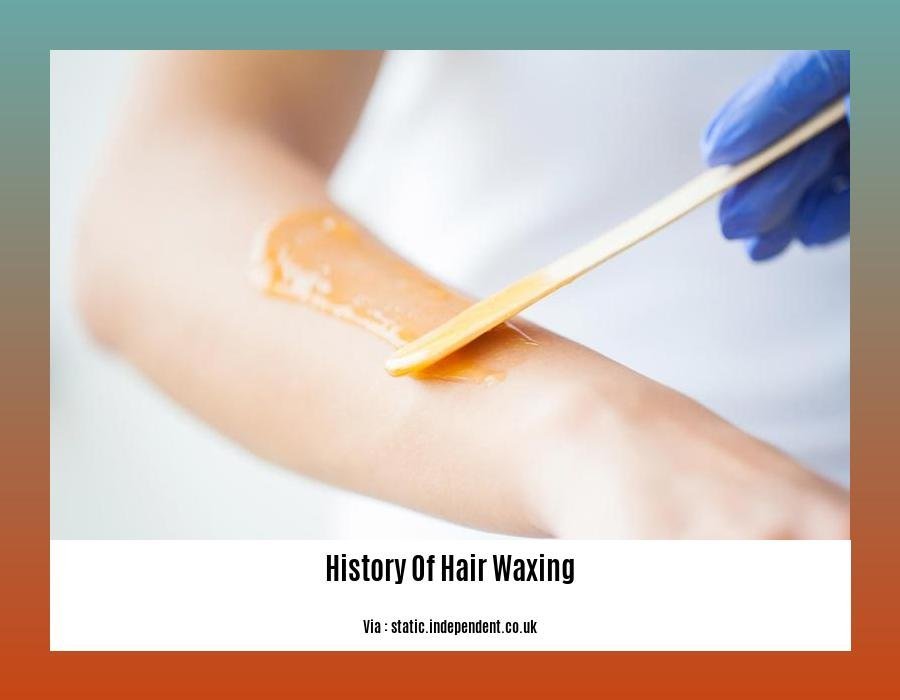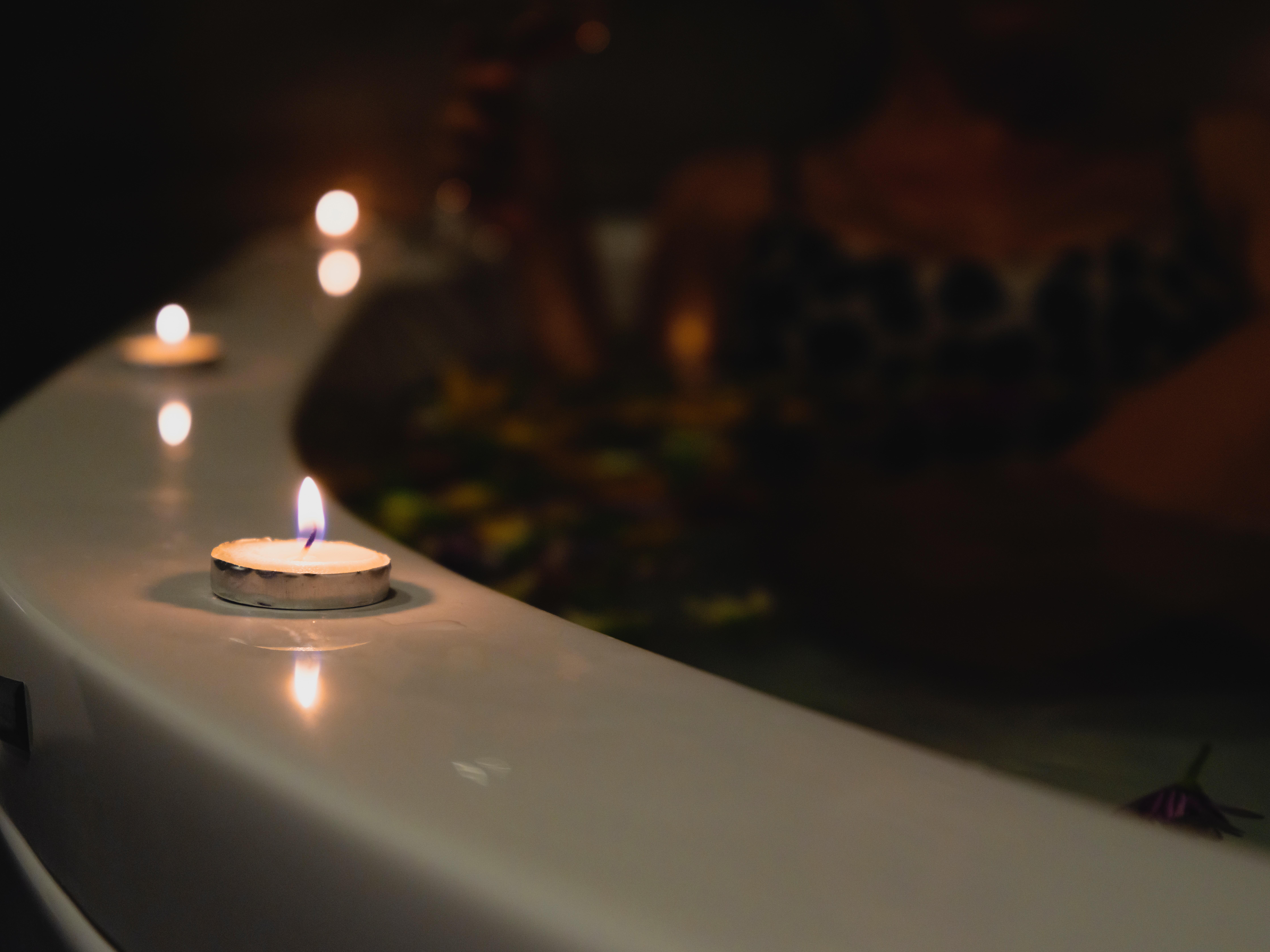Step into the captivating history of hair waxing, a practice that has transcended time and cultures. From the ancient Egyptians and the Roman Empire to the transformative 1920s, hair waxing has left an indelible mark on societies worldwide. Uncover the intriguing evolution of this timeless practice as we delve into its origins, techniques, and cultural significance.
Key Takeaways:
- In ancient Egypt, women utilized a combination of beeswax and resin for hair removal.
- European women employed various methods, including waxing, for hair removal in the Middle Ages.
- The Brazilian wax, involving the removal of all hair in the bikini area, gained popularity in the early 1990s.
History of Hair Waxing

The history of hair waxing is one that dates back centuries, with roots in diverse cultures and civilizations. Let’s embark on a journey through time, exploring the origins and evolution of this enduring practice.
Waxing in Antiquity
Waxing has its beginnings in ancient civilizations, where it was used for both practical and aesthetic purposes. In ancient Egypt, women utilized a combination of beeswax and resin as an effective method of hair removal, while in ancient Greece, athletes relied on waxing to enhance their performance and prevent excessive sweating. The Roman Empire embraced waxing as a means of achieving smooth and flawless skin, a practice that would continue to influence beauty routines for generations.
Medieval Waxing Practices
During the Middle Ages, waxing gained popularity across Europe, where various techniques were employed. Women sought out the services of skilled beauticians who used mixtures of beeswax, resins, and oils to remove unwanted hair. While waxing was primarily reserved for the upper classes, it gradually became more accessible to the general population over time.
20th Century Innovations
The 20th century witnessed significant advancements in the realm of hair waxing. The introduction of disposable wax strips and the development of new wax formulations made waxing more convenient and accessible. Moreover, the rise of the bikini wax in the 1990s revolutionized the beauty industry, leading to a surge in popularity for this intimate hair removal method.
Modern-Day Waxing Techniques
Today, hair waxing is a staple in the beauty industry, with a wide range of specialized techniques catering to personal preferences and specific body areas. From traditional hot waxing to the gentler sugaring method, modern waxing offers customized solutions for achieving smooth, hair-free skin.
Waxing has come a long way since its humble beginnings, yet it remains a timeless practice, continuously evolving to meet the ever-changing demands of modern beauty standards. As we embrace this ancient tradition, let us appreciate the ingenuity and dedication of those who have shaped the history of hair waxing, paving the way for the innovative techniques we enjoy today.
To embark on a journey through the evolution of hatha yoga, delve into this comprehensive exploration of its rich history, tracing its roots and marveling at its profound impact on the world of wellness. Learn more about the history of hatha yoga
Middle Ages

Hair removal practices have existed for millennia, evolving from ancient rituals to modern-day techniques. During the Middle Ages, hair waxing emerged as a popular method of hair removal among the affluent classes. This practice reflected both cultural norms and personal hygiene preferences of the time.
The Middle Ages, dating from the 5th to the 15th century, witnessed a significant shift in attitudes towards body hair. In this era, smooth, hairless skin became a symbol of beauty, cleanliness, and social status. Influenced by religious beliefs, medical theories, and cultural practices, hair removal became an essential aspect of personal grooming, particularly for women.
Waxing, using a mixture of beeswax, rosin, and oils, was a preferred method of hair removal during this period. The process involved applying the warm wax to the skin and then removing it, along with the unwanted hair, in one swift motion. This technique, though painful, was considered more effective and long-lasting compared to other methods available at the time, such as plucking or shaving.
The prevalence of hair waxing in the Middle Ages was primarily driven by the upper classes. Wealthy women and men sought smooth, hairless skin as a symbol of their status and refinement. This practice was particularly common among the nobility and royalty, who often employed personal attendants or servants to perform the waxing procedure.
While hair waxing was popular among the elite, it was not widely accessible to the general population due to the cost and time required. The ingredients used to make the wax were often expensive, and the process itself was labor-intensive. As a result, hair waxing remained a luxury reserved for those with the means to afford it.
Despite its limited accessibility, hair waxing in the Middle Ages laid the foundation for the modern-day hair removal industry. It established the concept of hair removal as a desirable aesthetic practice and paved the way for the development of more advanced waxing techniques and products in the centuries that followed.
Key Takeaways:
- In the Middle Ages, hair removal, including waxing, became a symbol of beauty, cleanliness, and social status.
- Waxing using a mixture of beeswax, rosin, and oils was a popular hair removal method among the upper classes.
- The practice of hair waxing during this period was influenced by religious beliefs, medical theories, and cultural practices.
- Hair waxing was primarily accessible to wealthy individuals due to the cost and time required for the procedure.
- Hair waxing in the Middle Ages laid the foundation for the modern-day hair removal industry.
Sources:
- Waxing Through the Ages: A History of the Hairless Ideal
- The History of Hair Removal
1920s
The 1920s, an era defined by flappers and prohibition, witnessed a significant shift in beauty trends. Women embraced a newfound freedom and rejected traditional notions of femininity. This cultural transformation had a profound impact on the world of hair removal, specifically waxing.
Key Takeaways:
- The rise of flappers and the rejection of traditional femininity redefined beauty standards.
- Women sought liberation from constrictive clothing and embraced shorter hairstyles and exposed skin.
- Hair removal methods evolved to meet the demands of the new fashion, with waxing gaining popularity.
Waxing offered a longer-lasting solution compared to shaving, allowing women to maintain a smooth appearance without daily upkeep.
1920s – The Dawn of Modern Hair Waxing:
- Women’s hairstyles and fashion underwent a revolutionary change, characterized by shorter bobs and the iconic flapper look.
- To complement these new styles, hair removal became essential, with waxing emerging as a preferred method.
- Waxing allowed women to achieve a smooth, hair-free appearance that accentuated their modern, liberated image.
- Beauty salons began offering waxing services, catering to the growing demand from women seeking this transformative beauty treatment.
The Allure of Waxing in the Roaring Twenties:
- Waxing gained popularity due to its effectiveness and long-lasting results.
- Unlike shaving, which required frequent maintenance, waxing provided a smoother, hair-free finish that could last for several weeks.
- This made it an ideal choice for women who embraced an active lifestyle and sought a convenient hair removal solution.
Waxing Techniques in the Flapper Era:
- Waxing techniques in the 1920s were similar to those used today, albeit with some variations.
- Hard wax, made from beeswax and rosin, was commonly used, as it allowed for precise application and could be removed without the use of strips.
- Soft wax, made from a blend of oils and resins, was also popular, as it was gentler on the skin and could be applied in larger areas.
[Sources]
1. The History of Hair Removal
2. Waxing through the Ages: A History of Hair Removal
FAQ
Q1: How did ancient Egyptians remove unwanted hair?
A1: In ancient Egypt, people used a mixture of beeswax and resin to remove unwanted hair. This mixture was heated and applied to the skin, then pulled off, taking the hair with it.
Q2: What methods were used for hair removal in the Middle Ages?
A2: In the Middle Ages, a variety of methods were used for hair removal, including waxing, tweezing, and shaving. Waxing was a popular method among the wealthy, as it was seen as a sign of refinement.
Q3: What was the significance of Queen Elizabeth I’s role in the popularization of hair removal?
A3: Queen Elizabeth I of England popularized the trend of removing body hair, and she used a mixture of walnut oil and tweezers to accomplish this. Her influence helped to make hair removal more acceptable and desirable among women.
Q4: How did the development of depilatory creams and razors impact hair removal in the 1950s?
A4: In the 1950s, the development of improved depilatory creams and razors made hair removal more accessible and affordable for women. This led to a significant increase in the popularity of hair removal, as it became a more convenient and effective option.
Q5: What was the impact of the 1920s on hair styling and hair removal?
A5: In the 1920s, women began to use curling irons and hot rollers to create elaborate hairstyles, while men used pomades and hair wax to style their hair. This led to an increased demand for hair removal, as people wanted to achieve a smooth, sleek look.
- Star Ring Trends: Etsy vs Amazon - March 28, 2025
- Boost Pollinator Habitats: Baby Blue Eyes Sustainable Farming Guide - March 28, 2025
- Protect Big Black Bears: Effective Conservation Strategies - March 28, 2025
















